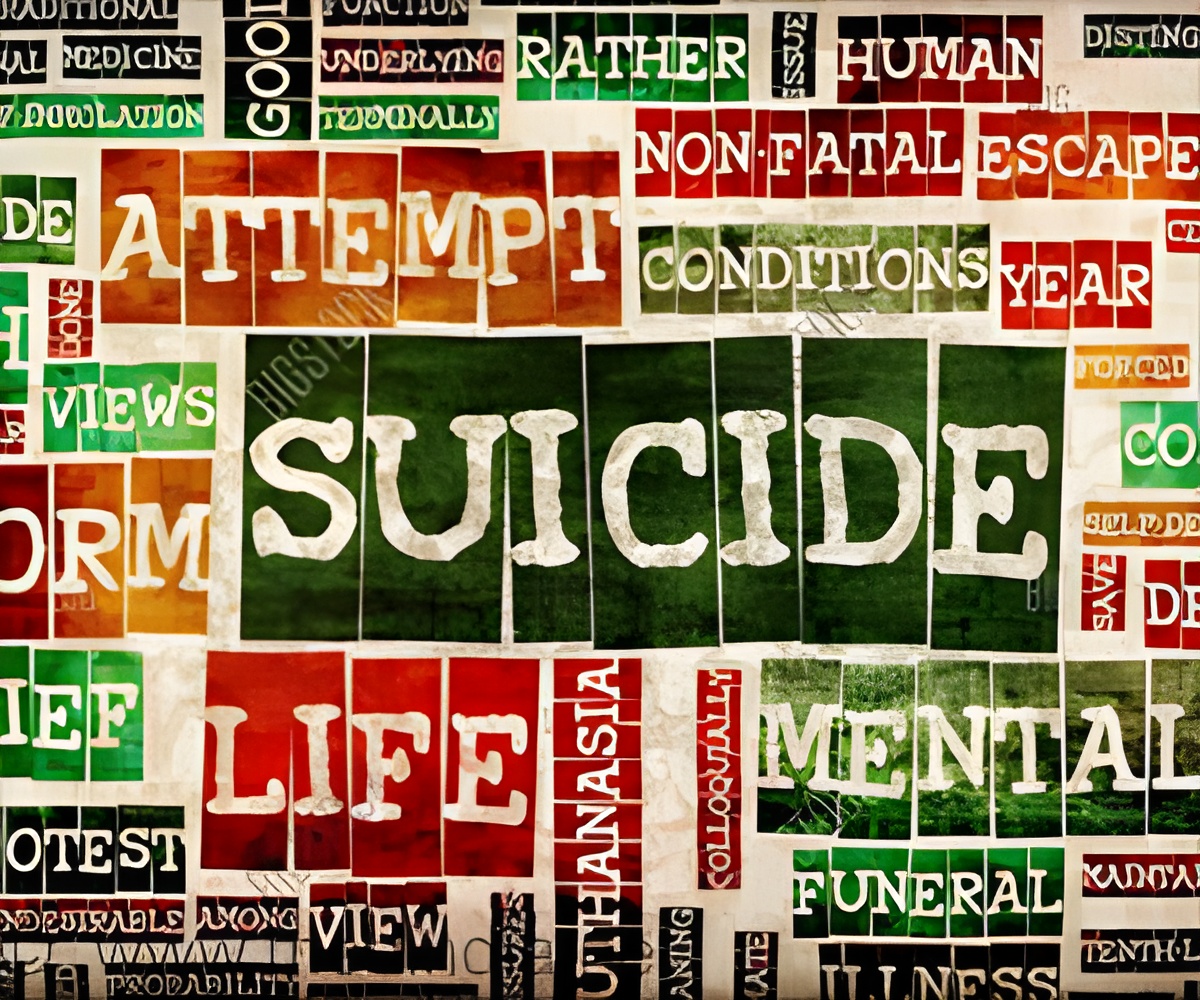Safety planning intervention is associated with a reduction in suicidal behavior and increased treatment engagement among suicidal patients following emergency department discharge and may be a valuable clinical tool in healthcare settings.

‘Safety planning and active outreach are useful components of effective suicide prevention among individuals with suicidal tendency.’





Bottom Line: Patients who are suicidal often seek care at a hospital emergency department (ED). This comparison study of about 1,600 patients at nine Veterans Health Administration hospital EDs (five delivered the intervention and four delivered usual care for comparison) examined suicidal behavior and behavioral health outpatient services from medical records in the six months after ED discharge. Researchers report the intervention (safety planning which included personalized identification of warning signs, coping skills and social supports in combination with telephone follow-up care) was associated with reduced suicidal behavior and increased likelihood of attending mental health treatment. The authors of this study are Barbara Stanley, Ph.D., of Columbia University, New York State Psychiatric Institute, New York, New York, and coauthors.
Source-Eurekalert









